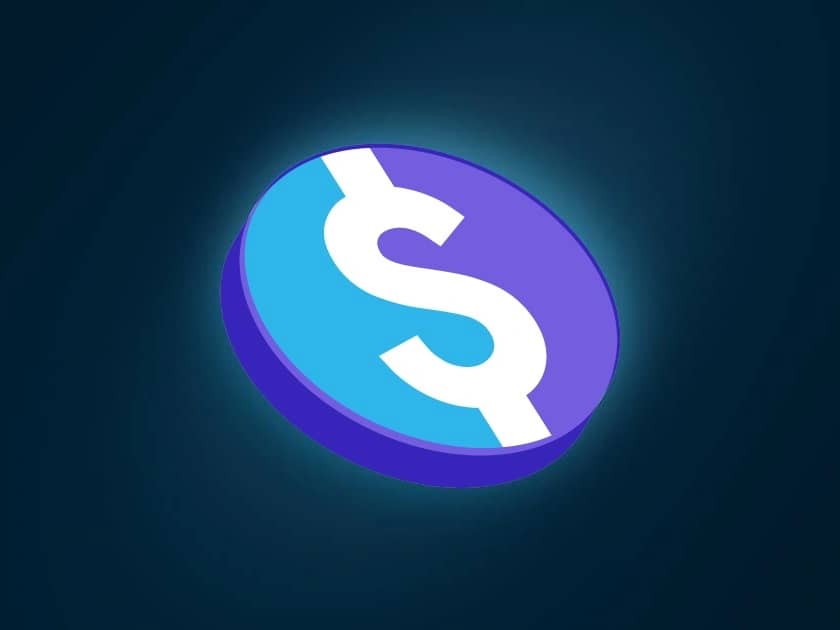Subscribe to wiki
Share wiki
Bookmark
Liquity USD (LUSD)
The Agent Tokenization Platform (ATP):Build autonomous agents with the Agent Development Kit (ADK)
Liquity USD (LUSD)
Liquity USD (LUSD) is the USD-pegged stablecoin used to pay out loans on the Liquity protocol. [1]
Overview
LUSD is an ERC-20 token behind the Liquity decentralized borrowing protocol. [1]
Liquity USD is designed to provide loans in liquidity agreements through its stablecoin backing. To access the loans offered by the platform, users need to have a collection with a minimum deposit of ETH before accessing the LUSD network, thus opening up a '110% collateral' rate to users. [1]
The Liquity protocol is a decentralized lending system allowing users to obtain loans at 0% interest rates while collateralizing ETH. As a result of its deployment on the Ethereum Mainnet, Liquity USD is validated using a Proof-of-Stake (PoS) consensus mechanism due to the Ethereum Merge. [1]
Users have the option to deposit LUSD tokens into a stable pool to earn rewards in both ETH and LQTY, the protocol's secondary token. As settlement transactions occur on the network, the balance of LUSD in the stabilization pool decreases over time. In return, users receive a percentage of settled ETH and LQTY as rewards. Beyond offering various use cases for its users, LQTY token holders can pledge their tokens to gain a share of the loan and redemption fees charged by the platform. These fees are primarily allocated to the pledge contract and accrue in both ETH and LUSD. [1]
As LUSD is pegged to the US dollar, its value closely mirrors that of the dollar. This allows token holders to directly exchange their LUSD tokens for fiat currency or other token pairs, such as USDT. [5]
Redemption Mechanism
LUSD is a fully redeemable stablecoin. Holders have the flexibility to redeem their LUSD for the underlying ETH collateral at face value at any time. For instance, redeeming 100 LUSD would yield $100 worth of ETH collateral from the riskiest Trove(s), minus the current redemption fee. This redemption mechanism establishes a price floor for LUSD, ensuring it returns to parity whenever its price falls below $1. Holders are incentivized to redeem LUSD when it's available for less than $1, enabling them to convert it into Ether at exactly $1. Each redemption not only contracts the total LUSD supply but also triggers an adjustment of the base rate. [6]
LUSD Supply Shrinkage
Liquity's Troves are collateralized debt positions (CDPs) that enable users to borrow LUSD against their ETH deposits. Redemptions occur when the price of LUSD drops below $1. Liquity's peg stability mechanism allows users to redeem 1 LUSD for $1 worth of ETH to maintain price stability. However, this ETH comes from troves with the lowest collateralization ratios.
On October 24th, 2023, over 4.13 million LUSD tokens were exchanged for ETH. The increase in trove redemptions prompted users to close their troves and look into other lending platforms. Some users raised concerns about Liquity's redemption process, stating it's not efficient for borrowers and has led to the departure of significant users. [7]
In September 2023, the average collateral ratio of redeemed troves stood at 181%. Arbitrage bots had taken advantage of the ongoing arbitrage opportunity arising from MakerDAO’s DAI Savings Rate, exerting downward pressure on the price of LUSD and shrinking its supply. As users paid off their debt and closed their troves, the supply of LUSD decreased. However, this reduction in supply boosted the yield for LUSD stakers in the stability pool. [7]
LUSD & LQTY Bridging
LUSD is available on Optimism. The bridging process involves burning an LUSD-IOU on the target chain to recover the base LUSD on the mainnet, with a one-week delay for the Challenge Period. The bridges enable LUSD on layer 2, making it easy for smaller holders to acquire it on their local decentralized exchange (DEX). The same process applies to LQTY, and the goal is to democratize access to LUSD by bridging it to layer 2. [9]
Partnerships
LUSD x Maverick
The following pairs are the first three liquidity pools involving LUSD launched on Maverick:
- LUSD / wstETH pool
- LUSD / ETH pool
- LUSD / USDC pool
Maverick offers customizable liquidity structures for LUSD/ETH pools, providing efficient liquidity compared to UniswapV2-type distributions within a similar range. There's also an LUSD/wETH pool, and a LUSD/wstETH pool is available through collaboration with the Lido Finance team. [8]
LUSD x GearBox
GearBox, the composable leverage protocol, was launched on October 31, 2022. GearBox V2 is employed to leverage LUSD/3CRV Curve/Convex yields. Users have the option to act as suppliers of tokens utilized by leveragers, earning a native yield and GEAR tokens. This involves both earning and providing liquidity to facilitate LUSD/3CRV leveraging, as well as supplying DAI or USDC on GearBox. [10]
LUSD x Synthetix
In November 2021, Synthetix integrated LUSD into their ecosystem to support sUSD’s peg on Layer 2. [11]
LUSD x OHM
The co-incentivized LUSD/OHM Sushiswap pool went live on October 6, 2021, making it eligible for liquidity mining rewards. [12]
See something wrong?
The Agent Tokenization Platform (ATP):Build autonomous agents with the Agent Development Kit (ADK)
